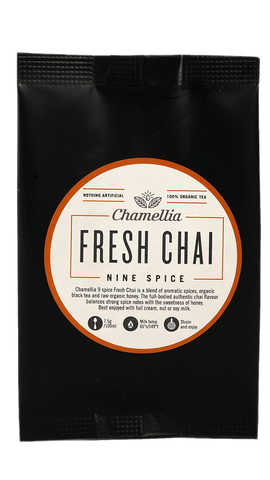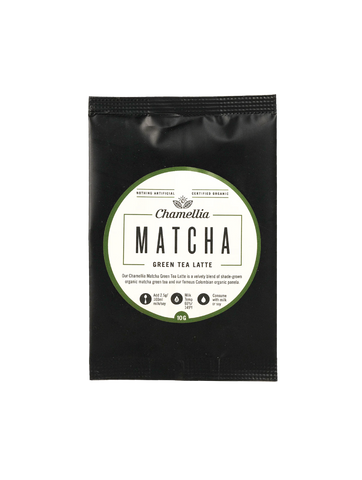Historical
Pottery has since been actively bridging the historical link to our ancestors, crystalizing ancient civilizations for our consideration and in essence, strengthening our understanding of ourselves and our defiance of limitations as a species.
Archaeological discoveries have unearthed clay-based relics from almost every civilization, with the oldest dating back 24,000 years. Each discovery of these rare artefacts offers us further insight into societal structures of the past through storytelling in design and the use of pigments.
In an exceptional circumstance, remnants of dietary elements such as meats, vegetation, and cheese have been found.
Defining Clay
While the categorization between pottery and ceramics is a little bewildering and arguably the terms are interchangeable, with one existing within another.
Some defining characteristics pertain to each and uniquely segregate them from their counterpart.
Pottery
To commence the disentangle of terminology, pottery is considered the oldest form of ceramics and ceramics are for the most part composed of pottery elements.
Since the introduction of the wheel (between 6,000 and 4,000 BC), pottery belonging to the more contemporary end of this development has had its form manipulated using the spinning mechanism.
Predominantly utilised for purposeful objects such as drinking vessels and cooking instruments, the final finish is typically coarse with a grainy texture.
Ceramics
Although much like pottery, the clay work is composed in combination with glazes and other minerals such as cobalt and silica. After chemical treatment and a high temperature firing in a kiln, the finished works exude a smooth glassy finish.
This change in chemical composition makes the versatility of ceramics go beyond merely decorative.
Family of Ceramics
Porcelain
Porcelain is constructed of a fine particle clay that when burnt at a high firing temperature results in exceptional durability and is a non-porous ceramic alternative.
This also allows for a more refined and delicately composed body, giving it an almost translucent appearance, as well as the incorporation of curved features into the body's design.
This material comes in a misted pearl tint, although an alternative in a completely contrasting hue, black porcelain clay has been recently introduced.
Bone China
Bone China derives its name from its unique manner of production and is formed from a combination of highly refined porcelain clay and animal bone ash.
The firing is performed at a lower temperature than porcelain, transforming the material into a fragile and light finish with a translucent and powdered ivory tint.
Bone china defies its polished and dainty appearance and is in fact the most durable variety of porcelain.
Earthenware
Rustic and relaxed, the attractive, earthy terracotta complexion of Earthenware looks at home in a Tuscan backdrop, content among the vined foliage and warm afternoon settings.
Composed of a porous material, it works cohesively with glazes and is often adorned with intricate designs and motifs.
However, despite this robust facade, temperature shifts as well as liquid absorption prove threatening and determine earthenware as the least durable of all ceramics.
Stoneware
Intended in a pastoral country style, Stoneware retains a distinct and namesake quality: a stone-like texture that starkly contrasts porcelain’s refinement and intricate delicacy.
Burnt at between 2150- and 2330°, it is considered a form of baked ceramic due to the fusion of high temperature and the addition of vitreous glass materials.
Stoneware has a denser, more opaque structure than porcelain and China, and it can be treated with a variety of glaze textures including gloss, satin, and matte.





















